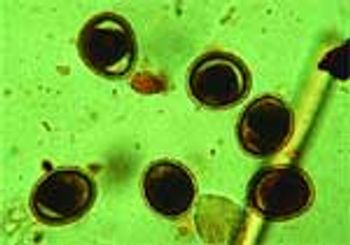
Although the level of invasion is down drastically compared with the past, we've yet to conquer this tiny foe. Once more unto the breach, troops!

Dr. Bowman teaches veterinary parasitology in the College of Veterinary Medicine at Cornell University. Dr. Bowman has written and edited four textbooks on the parasites of domestic animals.

Although the level of invasion is down drastically compared with the past, we've yet to conquer this tiny foe. Once more unto the breach, troops!

A veterinarian asks, 'What if my client won't agree to CAPC-based treatment of infection?' Dr. Dwight Bowman responds.

Summer is here when the Companion Animal Parasite Council takes the show on the road in the big RV.

Most people consider hookworms the causative agents of hookworm associated anemia in dogs and cats, and that is about where the story ends.

There are 34 species of Cuterebra in North America.

Metastrongyloid nematodes are characterized by having life cycles that typically require an intermediated molluscan host for the development of the third-stage larvæ that are infective to vertebrates; however, two of the species in the dog are unusual in having direct life cycles.

These two worms are probably the most common parasites of the dog throughout most of its range around the world.

Dogs and cats are the only domestic animals that still routinely reside in the same domicile as their owners around the world. Thus, it is important to know if the parasites they harbor are zoonotic agents or not.

It is hard to comprehend why year-round heartworm control is such a difficult idea to sell to practitioners or clients.

There are a number of diseases that dogs and cats acquire from wildlife. Some are acquired through vectors while some are acquired by ingestion.

The risk of a dog's being infected with heartworm disease each year is 250,000 out of 50,000,000; this translates to one in 200 dogs becoming infected each year.

How do I prevent my clients from getting zoonotic infections?

Parasite control in kittens requires knowledge of the pathogens involved and the capabilities of the different products for controlling the parasites of interest.

Published: June 1st 2011 | Updated:

Published: April 1st 2009 | Updated:

Published: April 1st 2009 | Updated:

Published: April 1st 2009 | Updated:

Published: April 1st 2009 | Updated:

Published: April 1st 2009 | Updated: